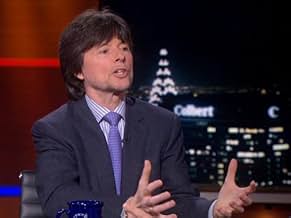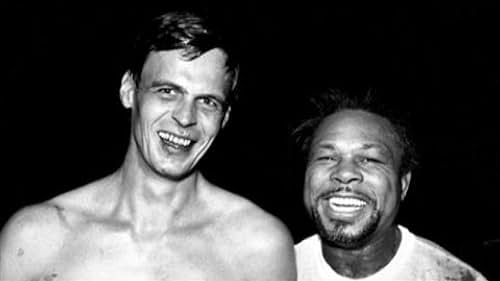Ken Burns(I)
- Producer
- Director
- Cinematographer
Celebrated American documentarian who gradually amassed a considerable
reputation and a devoted audience with a series of reassuringly
traditional meditations on Americana. Burns' works are treasure troves
of archival materials; he skillfully utilizes period music and footage,
photographs, periodicals and ordinary people's correspondence, the
latter often movingly read by seasoned professional actors in a
deliberate attempt to get away from a "Great Man" approach to history.
Like most non-fiction filmmakers, Burns wears many hats on his
projects, often serving as writer, cinematographer, editor and music
director in addition to producing and directing. He achieved his
apotheosis with
The Civil War (1990), a
phenomenally popular 11-hour documentary that won two Emmys and broke
all previous ratings records for public TV. The series' companion
coffee table book--priced at a hefty $50--sold more than 700,000
copies. The audio version, narrated by Burns, was also a major
best-seller. In the final accounting, "The Civil War" became the first
documentary to gross over $100 million. Not surprisingly, it has become
perennial fund-raising programming for public TV stations around the
country. Burns arrived upon the scene with the Oscar-nominated
Brooklyn Bridge (1981), a
nostalgic chronicle of the construction of the fabled edifice. The film
was more widely seen when rebroadcast on PBS the following year. Though
Burns has made other nonfiction films for theatrical release, notably
an acclaimed and ambiguous portrait of Depression-era Louisiana
governor Huey Long (1985), PBS would
prove to be his true home. He cast a probing eye on such American
subjects as
The Statue of Liberty (1985),
The Congress (1989)
(PBS), painter
Thomas Hart Benton (1989)
(PBS) and early radio with
Empire of the Air: The Men Who Made Radio (1991)
(PBS). Burns returned to long-form documentary with his most ambitious
project to date, an 18-hour history of
Baseball (1994), which aired on PBS
in the fall of 1994. He approached the national pastime as a template
for understanding changes in modern American society. Ironically, this
was the only baseball on the air at the time, as the players and owners
were embroiled in a bitter strike.




















































